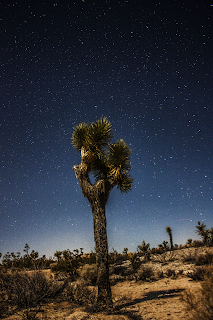This is a stacked image of 17 1 minute exposures at ISO 1600, 17 light frames, 17 dark frames, and 17 bias frames. Stacked in DeepSkyStacker with minor tweaks to contrast and brightness in CS6. These were all taken in my backyard in Cathedral City, CA with average seeing and visibility.
On a side note, I am personally blown away by this image. There has to be over a million stars in the picture! How cool is that right?
*UPDATE
After going through the data, and some help from internet astronomy friends, I Have re-edited using PixInsight LE and was able to pull out much more data this time around. The first 2 images are the new edits, and the last 2 images are the old data.
















